ताम्र ✤ Spartan Platter
- Availability: Out Of Stock
- Made & Mkt by: Coppre
- Product Code: 4018-S06
- Weight: 800.00g
- Dimensions: 11.75in x 11.75in x 1.50in
Rs.2,250
The Spartan Platter has been rendered with a beautiful hand-beaten pattern. It draws inspiration from the rustic yet elegant charm of design from yesteryears. It exudes copper’s inherent warmth and simplicity. Makes for an ideal fruit platter.
The typical dispatch time is 2-3 days; however, in special cases, it may take longer. Please refer to the product details section for specific timelines. Once dispatched, we will share the tracking details with you.
For returns, you can file a request within 24 hours of receiving the product. If the package is damaged, please make a video while unboxing and share images of the damaged item along with your return request.
9328006304 ( WhatsApp )

The legacy of the Tambat Craftspeople who handcraft Coppre's products dates to the 17th century when they were invited to Pune by the Peshwas when Shivaji set up the city as the capital city of the Maratha Empire.
When the Tambat craftspeople migrated from Konkan to Pune, they formed their settlement in Kasba Peth, an already established nucleus of old Pune. Their precincts came to be known as Tambat Ali (Ali:precincts). These narrow and dusty alleys of Tambat Ali where the timeless sound of metal-hammers clang on copper, have remained pretty much the same as they were almost 300 years ago.

From making armour, coins, canons, copper utensils, ritual wares for the Peshwa rulers, the Craftspeople embraced the culinary and ritual needs of Maharashtrian communities and crafted traditional products such as utensils and puja items.Distinguishing feature of Tambat craft
‘Matharkaam’ or beaten work is the distinguishing feature of Tambat craft. The hand-beaten indentations, made by profiled beating hammers, strengthen the object and enhance the inherent rich surface by imparting a mirror-like appearance. It is a skill intensive craft and needs strength, dexterity and a keen hand-foot-eye coordination.
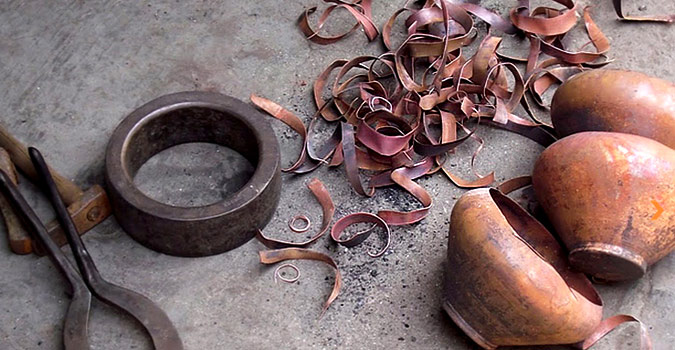
It is the only skill that the community could save from the onslaught of mechanization with the coming of British rule, which to date has not leant itself to be mimicked on any machine.
The loss of the patronage of the Peshwas, the introduction of mechanization and the bans imposed by the British, forced the Tambats to set up their own shops to sell their wares to the commoners. Over the years, the members of the Tambat community practicing this craft have continued to dwindle. There were upto 800 Tambat households in the early 1970s. By the early 90s, The Tambat households in Pune city fell to 250. Currently, about 80-100 families directly depend on the Tambat Craft for their livelihood.
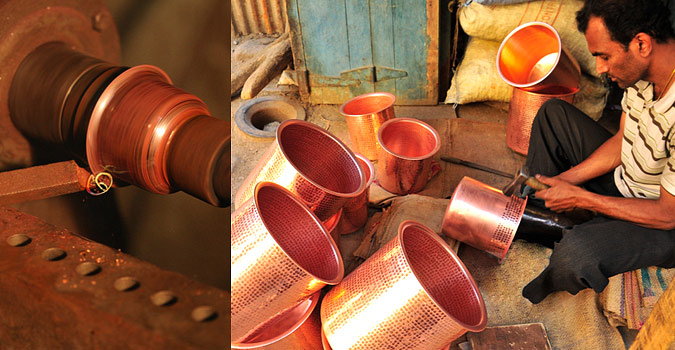
Hit by changing traditions, rising copper prices on the commodity markets in recent years, the convenience offered by materials like stainless steel and plastic and the provocative economic opportunities outside the confines of their craft, has led to a near stagnation. Yet some families of the community persevere with this craft of shaping objects from sheets of copper they carry on the ghadkaam (raising, sinking and shaping of the utensil), the crafting of ritual wares, nakshikaam (repousse and chasing); and the crafting of one-off temple objects.
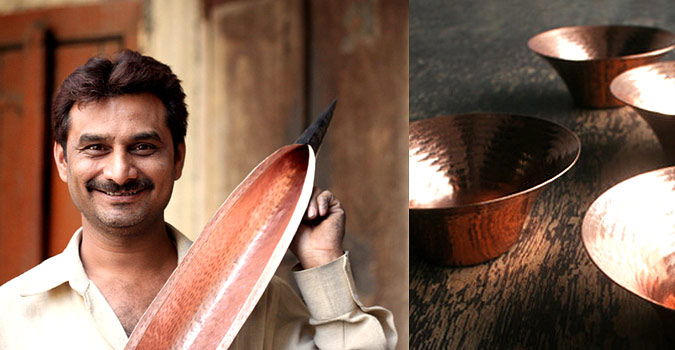
Passed on through apprenticeship from one generation to the next, today the craft remains in the hands of a few craftspeople with even fewer willing to take on this heritage craft.
| Craftsmen | |
| Made by | Artisan working with coppre |
| City | Pune, Maharashtra |
| Details | |
| Product details | "The Spartan Platter has been rendered with a beautiful hand-beaten pattern. It draws inspiration from the rustic yet elegant charm of design from yesteryears. It exudes copper’s inherent warmth and simplicity. Makes for an ideal fruit platter." |
| Material | |
| Made of | Copper, with a clear lacquer coat. |
| Instruction | |
| Care | The life of the lacquer is about 6 months in coastal areas and about 2 years in dry areas. >To clean your lacquered decorative copper products wipe clean with a moist soft and metal cleaning agent like Pitambari, lime & salt, or vinegar & salt or tamarind. >Wipe dry immediately or else water residues will leave stains. >Some waters cause dark spots on copper. To remove, apply tamarind or vinegar or lime concentrate and leave for 15 mins. Wash off with clean water. >Dark spots build-up on copper are not harmful to health. >Do not scrub your lacquered copper products or use any kind of detergents on it. >Copper oxidises on exposure to the atmosphere. The lacquer coat on your product merely retards the oxidation process. >In time, however, your lacquered products will darken and the copper will begin to acquire a patina as it ages. |
| Restrictions | |
| COD - Option | COD unavailable |
Far far away in the North western provinces of India, the rich and the wealthy, bored of the contemporary usage of craving on wood desired their..
Rs.3,200
Far far away in the North western provinces of India, the rich and the wealthy, bored of the contemporary usage of craving on wood desired their..
Rs.4,500
Far far away in the North western provinces of India, the rich and the wealthy, bored of the contemporary usage of craving on wood desired their..
Rs.4,500
Far far away in the North western provinces of India, the rich and the wealthy, bored of the contemporary usage of craving on wood desired their..
Rs.4,500
Gujarat is synonymous with colourful embroideries with rich textures, saturated hues and interspersed sparkles. But it is not just Kutch, which is fam..
Rs.6,500
A bullock cart (Gadi) wheels through a village trail, carrying all the basic household commodities that a ‘Gadia Lohar’ (nomadic blacksmith) may need ..
Rs.1,050
Gujarat is synonymous with colourful embroideries with rich textures, saturated hues and interspersed sparkles. But it is not just Kutch, which is fam..
Rs.7,500
The demure look of the eyes and the colorful exuberance of the costumes of a new bride amidst the Kutch lands are finely balanced with layer..
Rs.2,450
The East India Company imported raw cotton from India while they dumped the local Indian market with inferior machine-made cloth. This led to a great ..
Rs.651
There is something excruciatingly beautiful about a little town in the heart of Rajasthan, specked with colour all the time. With the sun’s heat breat..
Rs.999
From the plateaus of Madhya Pradesh, to the arid Thar Desert of Rajastha, to those of salt along the coastal lines of Arabian sea in Kutchh... she pul..
Rs.1,570
A familiar chatter swells in the air as feet chase the trail of a carelessly flying odhani in the by-lanes of Bhuj, spilling colors all over. While&nb..
Rs.2,200 Rs.2,500
Gujarat is synonymous with colourful embroideries with rich textures, saturated hues and interspersed sparkles. But it is not just Kutch, which is fam..
Rs.7,000
Gathering commences in the middle of deserted pavilions where velvet carpets adorn the Dessert lands & Manganiyars play folk music as a bugle for ..
Rs.512 Rs.1,025
Gathering commences in the middle of deserted pavilions where velvet carpets adorn the Dessert lands & Manganiyars play folk music as a bugle for ..
Rs.512 Rs.1,025
Gathering commences in the middle of deserted pavilions where velvet carpets adorn the Dessert lands & Manganiyars play folk music as a bugle for ..
Rs.512 Rs.1,025
Gathering commences in the middle of deserted pavilions where velvet carpets adorn the Dessert lands & Manganiyars play folk music as a bugle for ..
Rs.512 Rs.1,025
A familiar chatter swells in the air as feet chase the trail of a carelessly flying odhani in the by-lanes of Bhuj, spilling colors all over. While&nb..
Rs.3,070 Rs.3,412
A familiar chatter swells in the air as feet chase the trail of a carelessly flying odhani in the by-lanes of Bhuj, spilling colors all over. While&nb..
Rs.9,310 Rs.10,345
A familiar chatter swells in the air as feet chase the trail of a carelessly flying odhani in the by-lanes of Bhuj, spilling colors all over. While&nb..
Rs.3,460 Rs.3,845

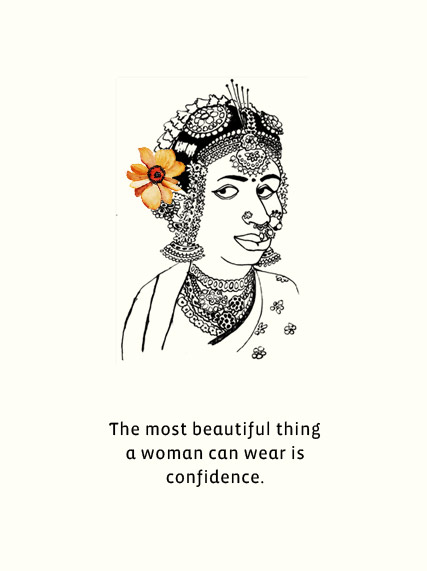

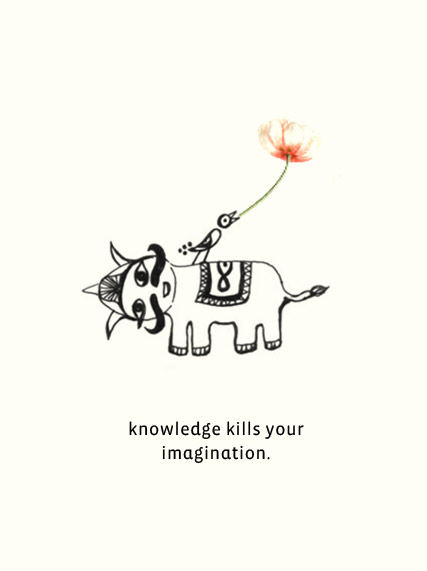

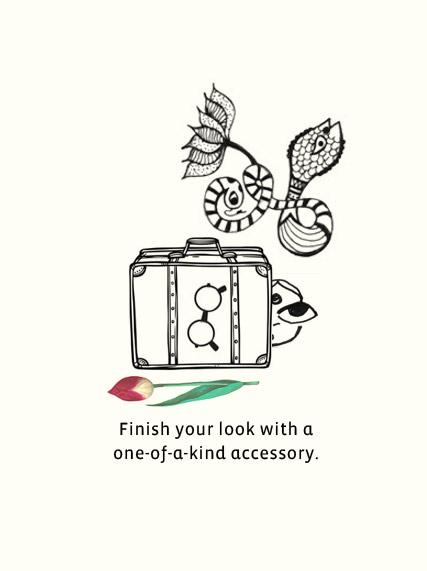
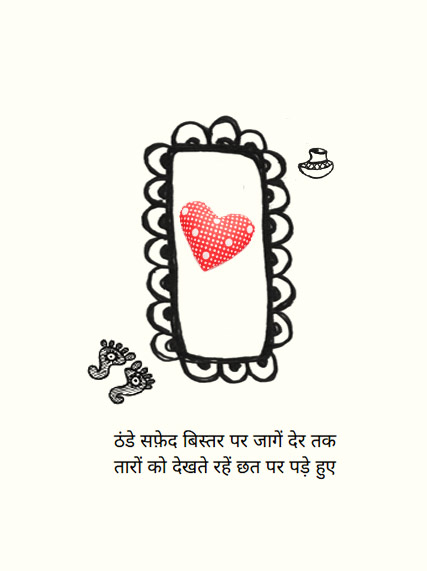

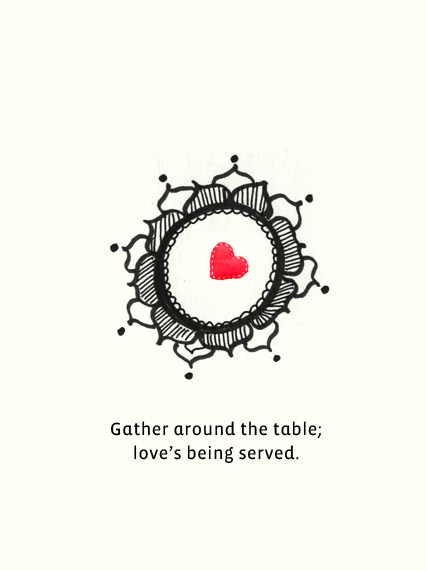

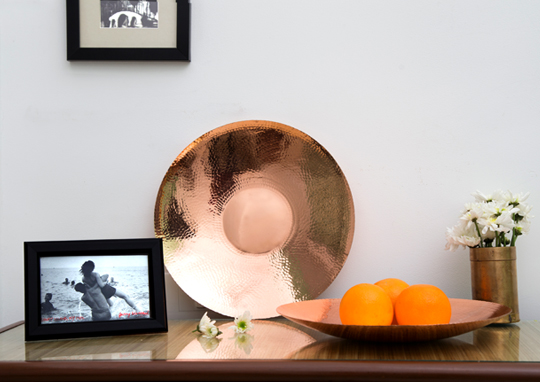
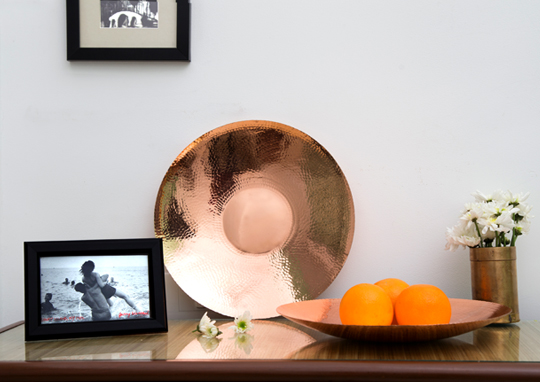
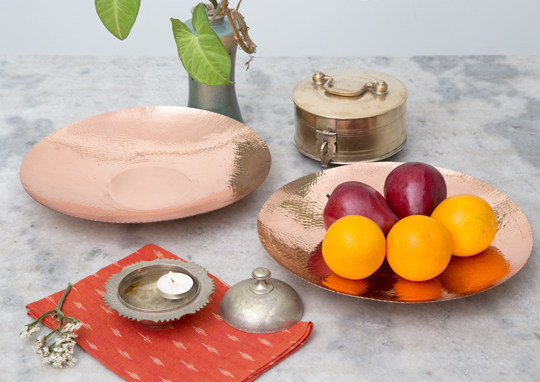
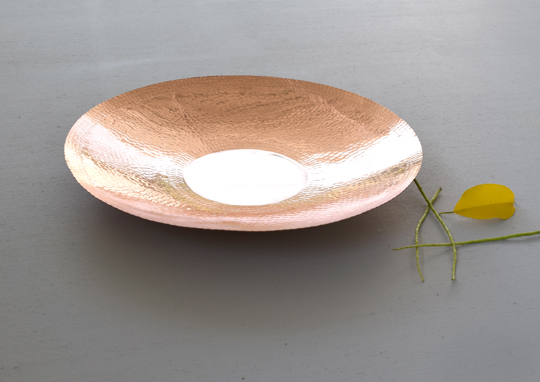





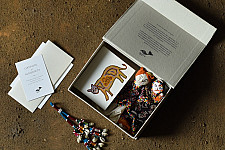
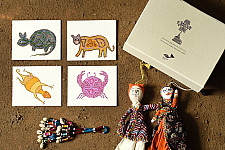
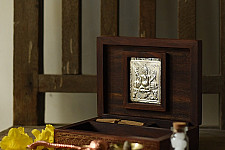
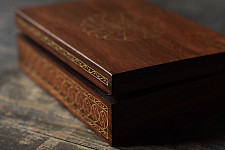
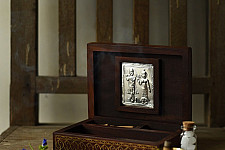
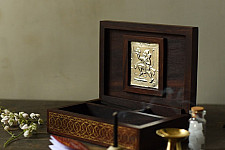
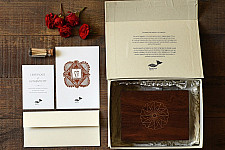
-225x150w.jpg)
-225x150w.jpg)
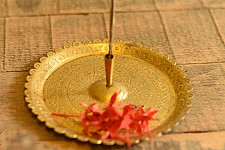
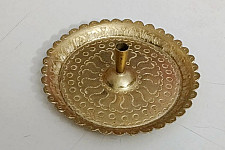
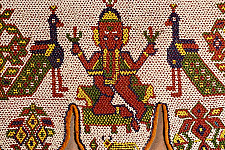
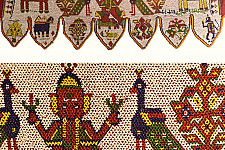
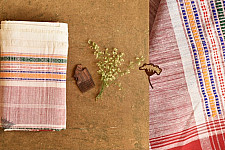
-225x150.jpg)




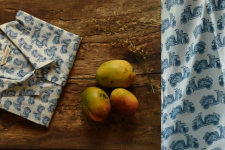
-225x150w.jpg)
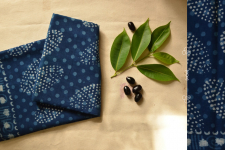
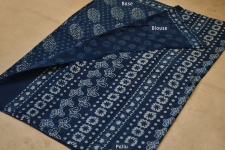
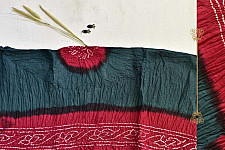
-225x150w.jpg)
-225x150w.jpg)
-225x150w.jpg)
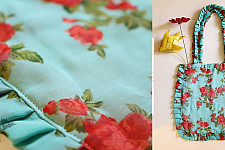
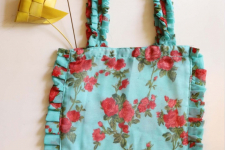
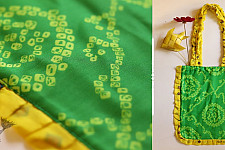
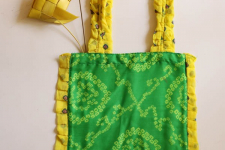
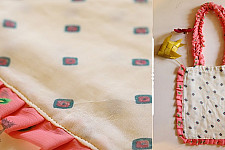
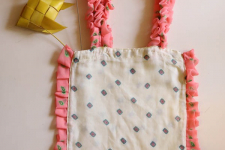
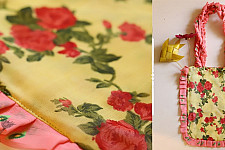
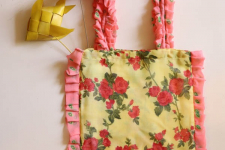
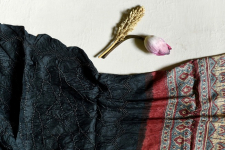
-225x150w.jpg)
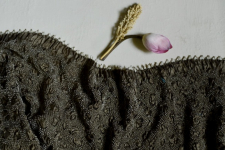
-225x150w.jpg)
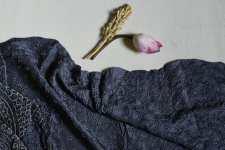
-225x150w.jpg)

